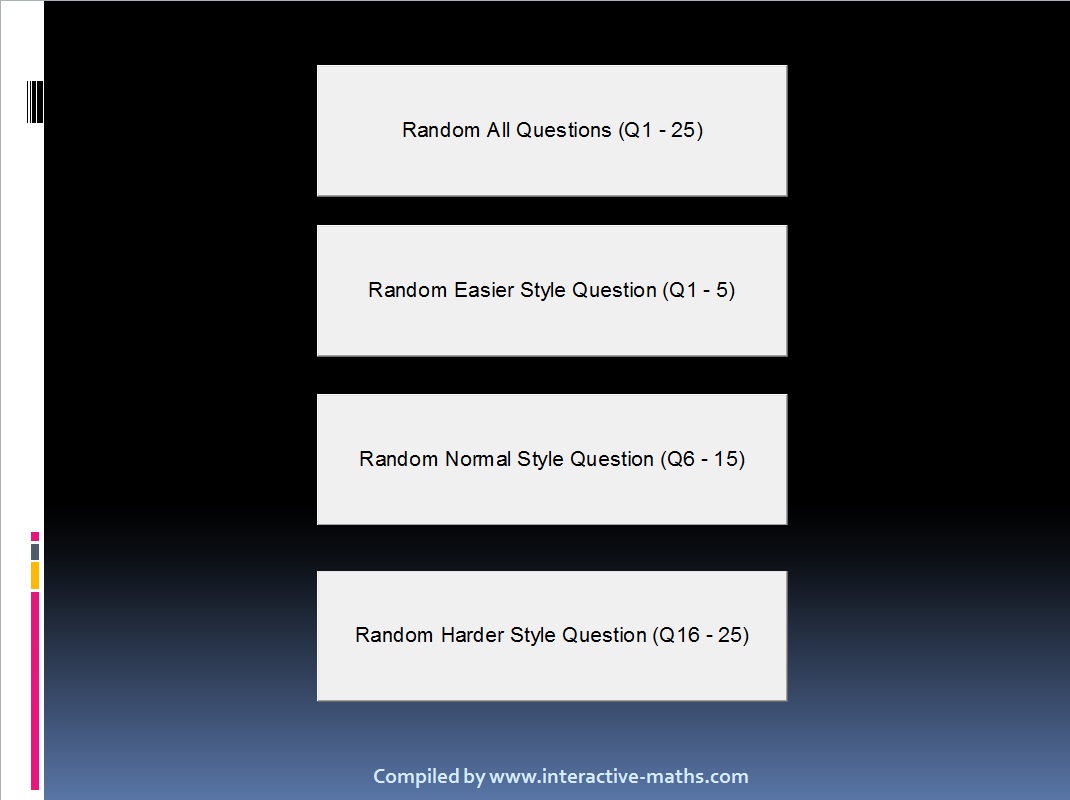|
With my Year 7 class we have recently been studying various aspects of data handling, including averages (including from frequency tables) and a variety of graphical representations. With the end of term drawing near, and having completed the scheme of work ahead of schedule, I decided to do one of my favourite projects with the: the Average Student (available to download from TES). This project uses many areas of the data handling cycle, and in my opinion is an excellent way to get them to see the whole process. Once I had introduced the task to them, we started off by discussing what kinds of information we could collect about the class. There were lots of good ideas, and a few more abstract ones as well, and we started to build up a spreadsheet of all the data that we wanted to include. It is really important (in my opinion) to let them decide which information it is that we should collect to give them more ownership over the task. I would recommend having a few ideas to include if they don't come up with any though. Height, eye colour, shoe size, number in family, etc are good ones, as they cover the different types of data.
0 Comments
Loci is one of those topics that some find interesting, whilst others don't see the point in it. Personally, I quite enjoy it, and I like to teach it. Especially when you come across a great resource. The great idea I came across this year was Skittles Loci, uploaded to TES by Ryan Smailes. This was a brilliant idea, and I really wanted to use it, but adapted it slightly to my group (we have a history of using Smarties in my department, so had to change to that) which is available to download below. We have started the Core 3 teaching as the Lower Sixth return to school after their exams, and we focus on two topics: Calculus and Trigonometry. As I am teaching two groups this year, I am actually teaching both bits of the course, but I most definitely prefer the calculus. On their first lesson back (first thing on Monday morning), we delved straight into the Chain Rule and how it works. At that stage we didn't focus too much on why it works (since nearly half the class were doing FP1 at the time, and didn't want them to miss that), but I was looking for an activity that would get them practising using the Chain Rule. I love teaching transformations. It is such a visual topic, and there are loads of excellent resources out there to help teach it. It is also an area where technology can easily be used in the classroom. For a selection of free online Autograph activities on transformations, click here. Having just done a recap with my year 10 on the 4 transformations, I was looking for an activity to get them thinking about what they have to do, and most importantly, make them realise how important it is to fully describe a transformation. So I went searching in my usual places, and found this fantastic resource on TES. As most of this website shows, I am a huge fan of generating Random Questions in class. On top of the QQI activities that are on the site, this year I have created a set of 3 PowerPoint slideshows which produce random questions from the UKMT Maths Challenges (available to download at the bottom of the page, or available from TES). The files are produced and distributed with the kind permission of the UKMT. Each file has all the questions from 2004 up to 2009 (that is 6 years worth of questions, and 150 in total for each. They are split into the first 5 easier questions, the next 10 normal questions, and the final 10 hard questions. From the first slide, you can choose one of the four buttons, which takes you to a random question from one of these sections (or a completely random one). |
Dan Rodriguez-Clark
I am a maths teacher looking to share good ideas for use in the classroom, with a current interest in integrating educational research into my practice. Categories
All
Archives
August 2021
|
|
Indices and Activities
|
Sister Sites
|
©2012-2023 Daniel Rodriguez-Clark
All rights reserved |


 RSS Feed
RSS Feed
